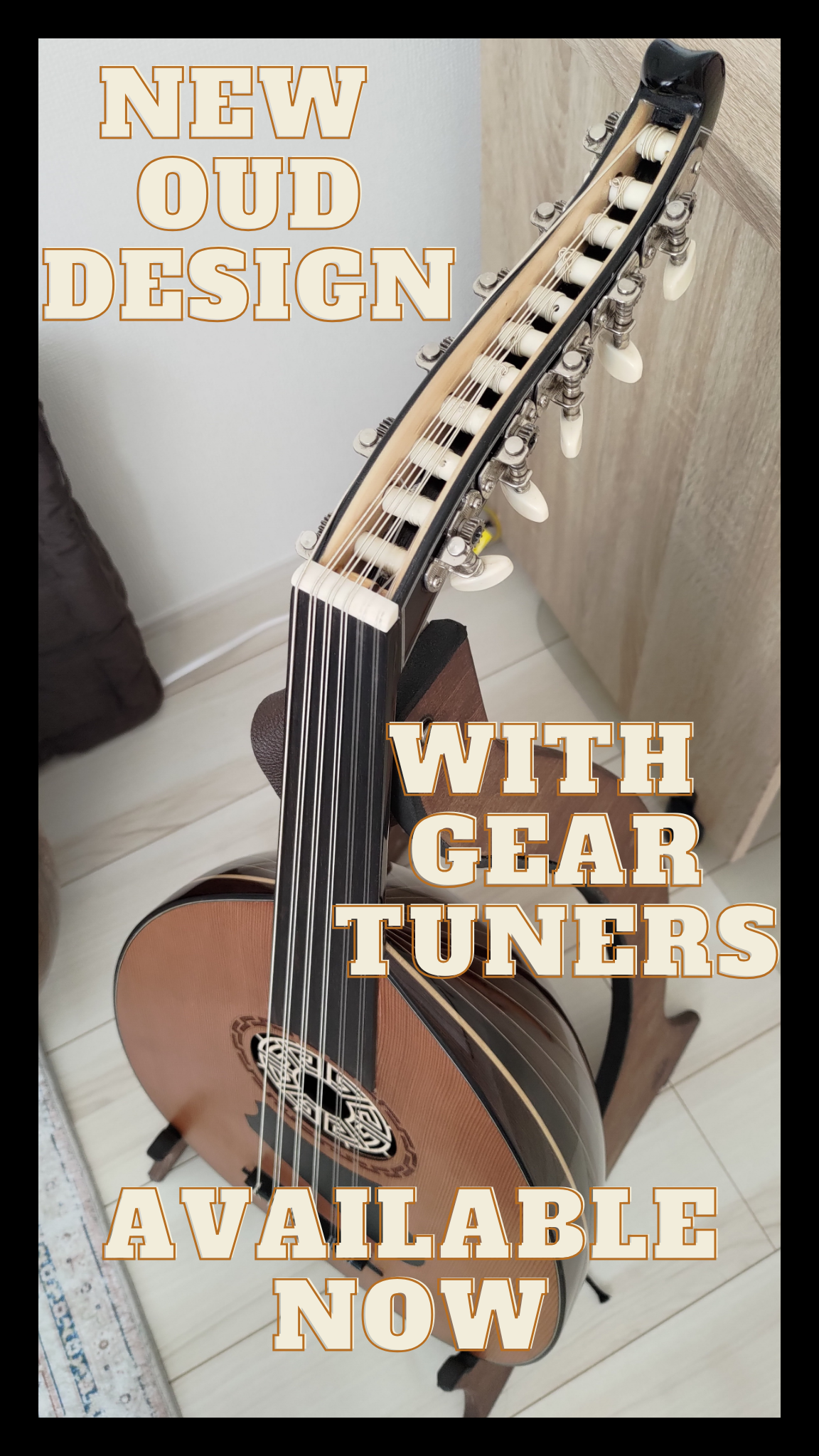Farid al-Atrash has written many catchy tunes during his lifetime.
But the first time I was exposed to Farid’s music was his Oud Taqasim. At first, I didn’t really get it.
I thought it sounded a bit out of tune, a little messy; sometimes he appeared to be showing off.
As a Persian musician and an outsider to Arabic music, it took me many years of getting used to the sound of Arabic music to begin to appreciate his art.
Who was Farid al-Atrash?
Why is he revered among Oud players?
After deeper exposure and immersion into his music, I realized why he’s special among Oud players and why he’s legendary.
The best part is – I also realized his music is GREAT for Oud players of all levels to learn, especially beginners.
You might be wondering what makes him so famous even today.
3 Deadly Assumptions about Farid al-Atrash that made me fall behind for several years.
The other day I told you about how at first I didn’t really appreciate Farid al-Atrash’s Oud playing; that it took me some years before I started to appreciate his art.
When I encountered Farid al-Atrash’s music in 2007, I was already a decent Oud player, but I didn’t know anything about Arabic music, only Persian music.
I didn’t understand what was happening in a taqasim;
I didn’t know common modulations between different maqams;
I didn’t know any Arabic songs to jam with other musicians.
I felt isolated from this world of Arabic music and rather lonely, even though I played an instrument used throughout the Arab world.
I felt overwhelmed by how much I needed to learn, and I didn’t know which door to open.
Today I want to tell you 3 deadly assumptions I made about Farid al-Atrash that steered me astray, and what you can do to avoid them.
- Farid is a flashy soloist known only for his entertaining taqasim.
- Farid’s music is old and irrelevant to Oud music today.
- Farid composed and sang for films, I’m not interested in film music.
Farid is a flashy soloist known only for his entertaining taqasim.
The first thing that made me shrug off Farid’s music was that I thought he was only known for his wild and flashy taqasim. At the time, I didn’t really appreciate this style of playing and I didn’t really understand it so it completely turned me off to his music.
It wasn’t until several years later that I saw that he was a great performer and there could be a lot to learn from his performance style. Especially his use of starting, building, climax, and resolution and conclusion in his taqasim.
Farid’s music is old and irrelevant to Oud music today.
The most obvious thing is that Farid’s music is from a long time ago. He passed away almost 50 years ago. So his heyday was long before.
He had a rough life for a Druze Prince, and his sorrow showed in the style of his singing, which some people don’t really enjoy. That was another thing that turned me off to his music.
But his use of rhythm is a textbook education in Arabic rhythms. Some of his songs use several rhythms that modulate between each other. While this isn’t atypical for Arabic music, he just does it so well.
His transitions are seamless, and when I learned his music I had to listen hard to really recognize the rhythm changes.
Farid composed and sang for films; I’m not interested in film music.
While Farid did a lot of work for movies and film, his music has elements of sophistication, but are also easy to listen to. What I enjoy are the seamless shifts from one maqam to another. I learned several new modulations from his music.
Years later I also learned that other famous Arabic composers also composed for theatre and films and just because they gained work from films doesn’t diminish the value of their artistry.
What I learned from the experience is that sometimes you are not ready to receive something that’s right in front of you.
There is music that I have listened to years ago once or twice, and didn’t think much of it. Then years later, upon returning to it, my mind got blown away by something I didn’t notice before.
Another thing I learned is that, sometimes if you want to access something you need to jump right in, and take the time to learn it.
How you can jump into the world of Farid al-Atrash’s music.
You may have felt like I did…
I remember feeling overwhelmed at how much music there was to hear and learn.
I remember feeling frustrated that I couldn’t decide how to proceed.
Over time I realized there was more to Farid’s music that required a deeper look, and what I found was something that would have really spurred my Oud playing forward.
Now, I want to share with you a little glimpse of what it’s like to take a deeper look at one of Farid’s songs.
After taking a few minutes to try this tune, you’ll learn the rhythm and how to play it on the Oud. After listening to the original song, you’ll see and feel how the rhythm goes along with the music.
Imagine being able to use this basic rhythm to jam along with other songs.
Imagine being able to hold this beat while someone dances, or a fellow musician plays a drum with you.
Imagine being able to recognize this rhythm the next time you hear it.
If so, then you need to check out my new course, “Easy Oud Songs Vol. 2 – Farid al-atrash, The King of Oud“.






